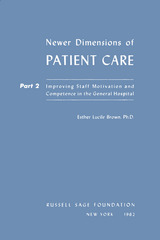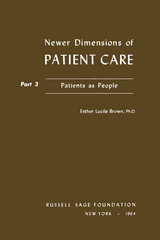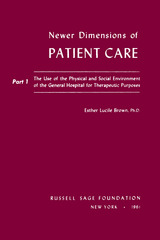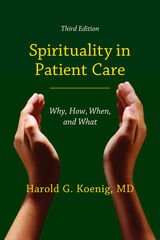Praise for the previous edition:
“I highly recommend this book as reading for all physicians and would certainly recommend it for any course on medical ethics and/or required reading for any medical student.”—Journal of the National Medical Association
Since the publication of the first edition of Spirituality in Patient Care in 2002, the book has earned a reputation as the authoritative introduction to the subject for health professionals interested in identifying and addressing the spiritual needs of patients. The body of research on religion, spirituality, and health continues to grow at a dramatic rate, creating an urgent need for a new edition of this landmark work. In this, the third edition, Harold G. Koenig, M.D., updates every chapter by incorporating the newest research and introducing sensible ways of translating that research into caring for patients.
Like previous editions, this new one addresses the whys, hows, whens, and whats of patient-centered integration of spirituality into patient care so that health professionals, including physicians in primary care and the medical and surgical specialties, can utilize this information in clinical practice. Whole chapters are also included offering profession-specific information for nurses, clergy, mental health professionals, social workers, and occupational and physical therapists. Other chapters address topics like culturally and spiritually sensitive care for each major religious group, potential limitations or barriers to application, and even what may happen when research on spirituality and health is misapplied. Throughout these chapters, readers will find new case histories and clinical examples on how to integrate spirituality into patient care depending on their particular circumstances. A ten-session model course curriculum on spirituality and health care for medical students and residents is also provided, with suggestions on how to adapt it for nursing, social work, physical and occupational therapy, and mental health training programs.
For more than ten years Spirituality in Patient Care has offered sound guidance to anyone wishing to do more than simply treat their patients’ physical symptoms. Treating the whole patient often requires becoming something more than just a skilled technician. With this new edition, Dr. Koenig once again shows the way for any health professional seeking to bridge this gap and help patientsregain their lives by finding hope, meaning, and healing.
















